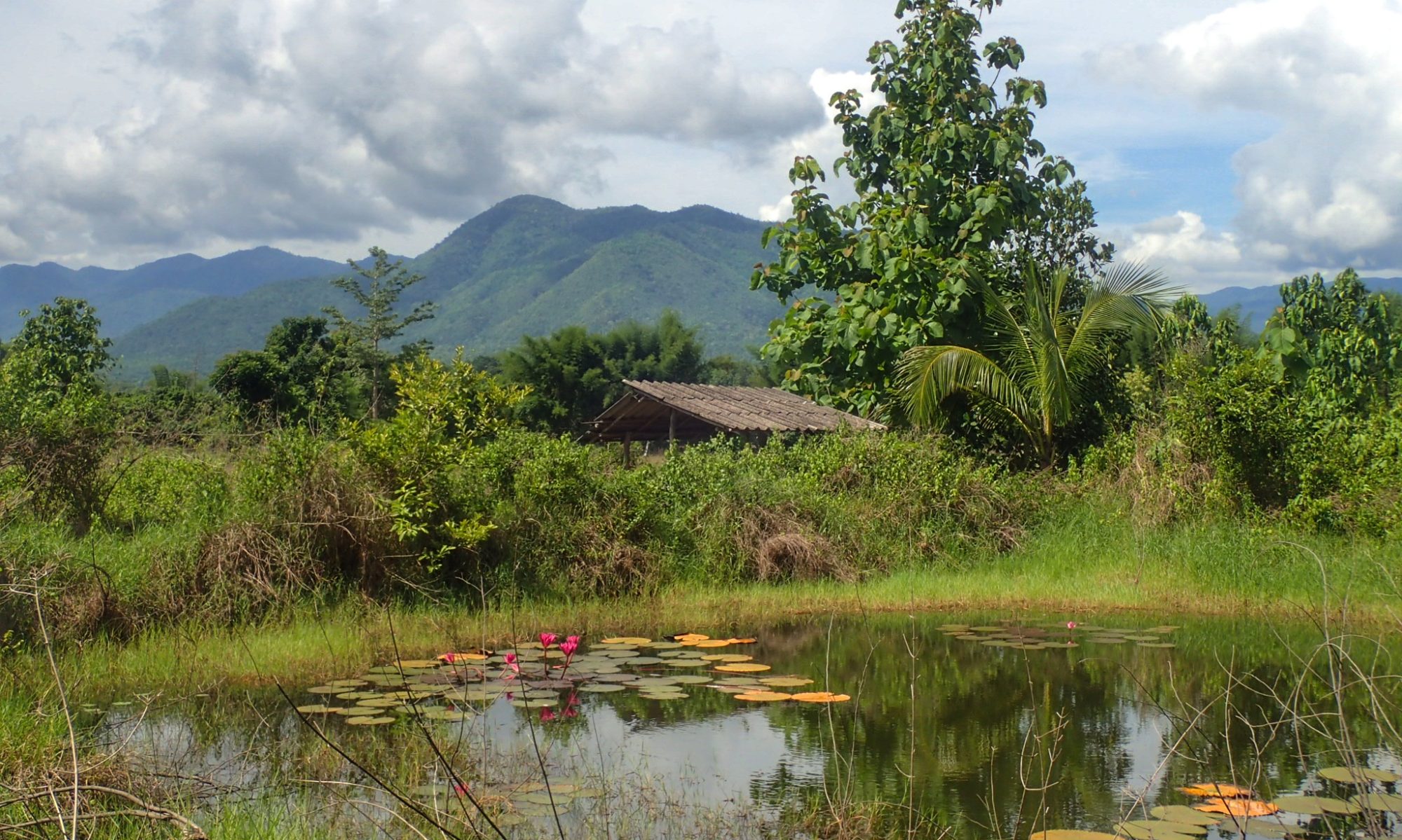Hi…This is Steve my first post on our blog and I will start to post more now that I’ve figured this new app out. More posts coming soon and thanks for subscribing.
The photo with my name on the side of the totes is what I’m putting in storage with my good friend Russ that offered as we pedal the world for the next 2 years. The photo with the couch and boxes is when I stored all my “STUFF” in my friend Ann’s garage for 3 months when I moved to San Francisco in 2011.
The process of downsizing in the last 6 months since our cycling tour last summer from Canada to Mexico has been freeing and enlightening to say the least. While we were on that tour, there was very few things “stuff” that we missed besides the kitties, and for me the comforts of a good cup of coffee every morning to an extra pillow to sleep with. I realized on that trip that I had everything I needed to be comfortable and I was carrying it all on my bike from my clothes to shelter in my one man quarter dome tent.
The process getting to the 10 totes has been both prosperous and rewarding. Prosperous in the sense of all the “stuff” I/we sold on OfferUp (a local selling app), and eBay. We’ve sold a sofa, piano, queen bed, and other furniture to many smaller electronic items like an old film camera, to an iPhone 6, and kitchen appliances. Rewarding in the sense that we’ve donated a ton of our “stuff” (dining table & chairs, clothes, and trinkets) to Auntie Helens here in San Diego that supports HIV/AIDS services to our local community. We’ve also given a lot of our “stuff” (bedding, kitchen gadgets, and clothes) to several friends. I can honestly say I don’t remember everything that is gone now and don’t miss anything that we’ve sold or donated.
So what’s in the totes with my name on the side you might ask and what did you decide to keep? I just had to keep my first cycling helmet that I pedaled 8000 plus miles with in 2016, and the Cubs t-shirt I wore to Spring Training in AZ and all throughout the season and World Series. I also kept two blankets and a scarf my Mom has crocheted for me over the years. I also kept old photos and albums as opposed to scanning all my pictures like Tim did….I’m just too “old school” I guess and will like looking through the physical pictures when I’m 90. I also kept old letters from my Uncle Ed when he was in Indonesia for 30 plus years, magazines that my sister has been featured in for her design work over the years, t-shirts from fundraising walks I’ve done over the years to AIDS/LifeCycles I’ve been a part of in the past two years and where Tim and I officially met. The totes will be like time machines when we return after pedaling 4 continents around the WORLD. I’ll most likely wonder why I kept some “stuff” and downsize even more.














